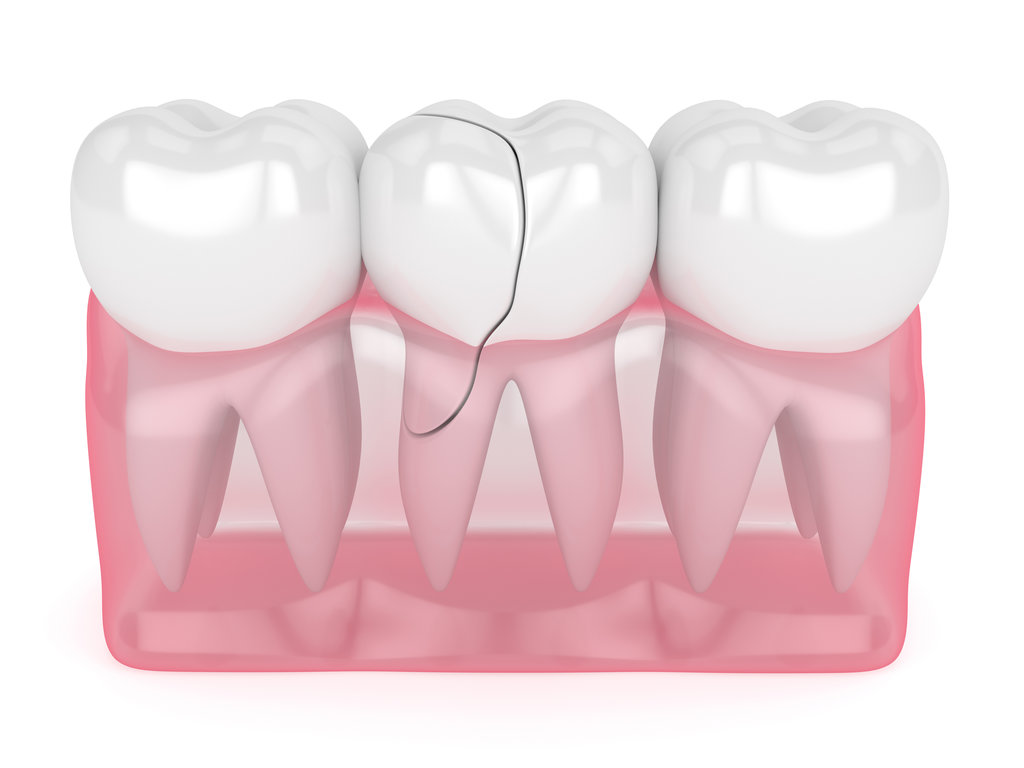Root fractures represent some of the most challenging dental emergencies, often causing intense pain and threatening the long-term health of your natural teeth. When the root structure beneath your gumline becomes cracked or broken, immediate professional assessment becomes critical to determining whether the tooth can be preserved or requires more extensive intervention.
At Burien Endodontics, Dr. Matthew Tomala combines advanced diagnostic technology with years of endodontic training to evaluate and treat root fractures throughout the Seattle area. Our practice uses CBCT scanning and digital imaging to provide precise diagnoses, helping patients understand their treatment options and preserve their natural teeth whenever possible.
Understanding the Types of Root Fractures
Root fractures occur in different locations along the tooth’s root structure, and each type presents unique challenges for treatment. Horizontal root fractures happen perpendicular to the root’s length and most often result from direct trauma to the face or mouth. These fractures may occur near the crown, in the middle of the root, or closer to the tip.
Vertical root fractures run parallel to the root’s length and typically develop over time due to excessive pressure or previous dental work. Unlike horizontal fractures, vertical breaks often begin at the root tip and extend toward the crown. These fractures prove particularly problematic because they allow bacteria to penetrate deep into the root structure.
Oblique root fractures combine elements of both horizontal and vertical breaks, creating diagonal cracks that can be especially difficult to treat. The location and severity of any root fracture significantly influence the available treatment options and long-term prognosis for the affected tooth.
Diagnostic Methods for Root Fractures
Modern endodontic diagnosis relies heavily on advanced imaging technology to identify root fractures that may not be visible during routine examinations. CBCT scanning provides three-dimensional images that reveal fracture lines, helping determine the exact location and extent of damage. This technology proves invaluable for detecting vertical root fractures, which often remain hidden on traditional X-rays.
Clinical examination involves testing the tooth’s response to temperature changes, gentle pressure, and tapping. Patients with root fractures often experience sharp pain when biting down or when the tooth encounters hot or cold substances. The surrounding gum tissue may show signs of swelling, tenderness, or the formation of small bumps indicating infection.
Digital imaging allows for enhanced visualization of subtle fracture lines that might otherwise go unnoticed. Our practice maintains 100% digital patient records, ensuring that all diagnostic information remains easily accessible for treatment planning and follow-up care.
Treatment Options Based on Fracture Type and Location
Treatment approaches for root fractures depend on several critical factors: the fracture’s location, direction, extent, and the time elapsed since the injury occurred. The following treatment options represent the most common approaches used in endodontic care:
- Root canal therapy with internal stabilization for horizontal fractures in the upper or middle third of the root
- Endodontic retreatment for previously treated teeth that develop new fractures
- Apical surgery to remove fractured root tips when the upper portion remains healthy
- Splinting techniques to stabilize mobile teeth following horizontal fractures
- Extraction followed by replacement options when the fracture extends too far below the gumline
For horizontal root fractures near the crown, root canal treatment often provides excellent results, especially when combined with a crown or other restoration to protect the remaining tooth structure. Fractures in the middle third of the root may heal naturally if the tooth segments remain properly aligned and the pulp tissue maintains vitality.
Vertical root fractures present greater challenges and may require extraction if the crack extends the full length of the root. However, when detected early, some vertical fractures may respond to conservative treatment approaches. Each case requires individual assessment to determine the most appropriate treatment path.
Emergency Care and Long-Term Management
Root fractures often constitute dental emergencies requiring prompt professional attention. Immediate care focuses on managing pain, preventing infection, and stabilizing the tooth until definitive treatment can begin. Our practice provides same-day emergency appointments for patients experiencing severe symptoms from root fractures.
Early intervention significantly improves treatment outcomes for most root fractures. Delaying treatment may allow bacteria to penetrate the fracture site, leading to infection, abscess formation, or further structural damage. For patients experiencing traumatic dental injuries, immediate professional evaluation helps preserve the maximum amount of healthy tooth structure.
Long-term management may involve regular monitoring appointments to ensure proper healing and function. Some root fractures require ongoing observation even after successful treatment to watch for signs of complications or the need for additional intervention.
Trust Burien Endodontics for Root Fracture Treatment
Dr. Matthew Tomala brings extensive training and experience to every root fracture case, having completed his Master of Science degree in Dentistry and postgraduate training in Endodontics at the University of Washington. His continued involvement as an affiliate assistant faculty member at the University of Washington School of Endodontics ensures that patients receive treatment based on the latest research and techniques in endodontic care.
Our practice combines compassionate patient care with state-of-the-art technology to provide the best possible outcomes for root fractures. We work closely with each patient to explain their condition, discuss all available treatment options, and develop a care plan focused on preserving their natural teeth. For more information about our practice and team, visit our meet our team page, or contact us at (206) 402-5147 to schedule your consultation.

